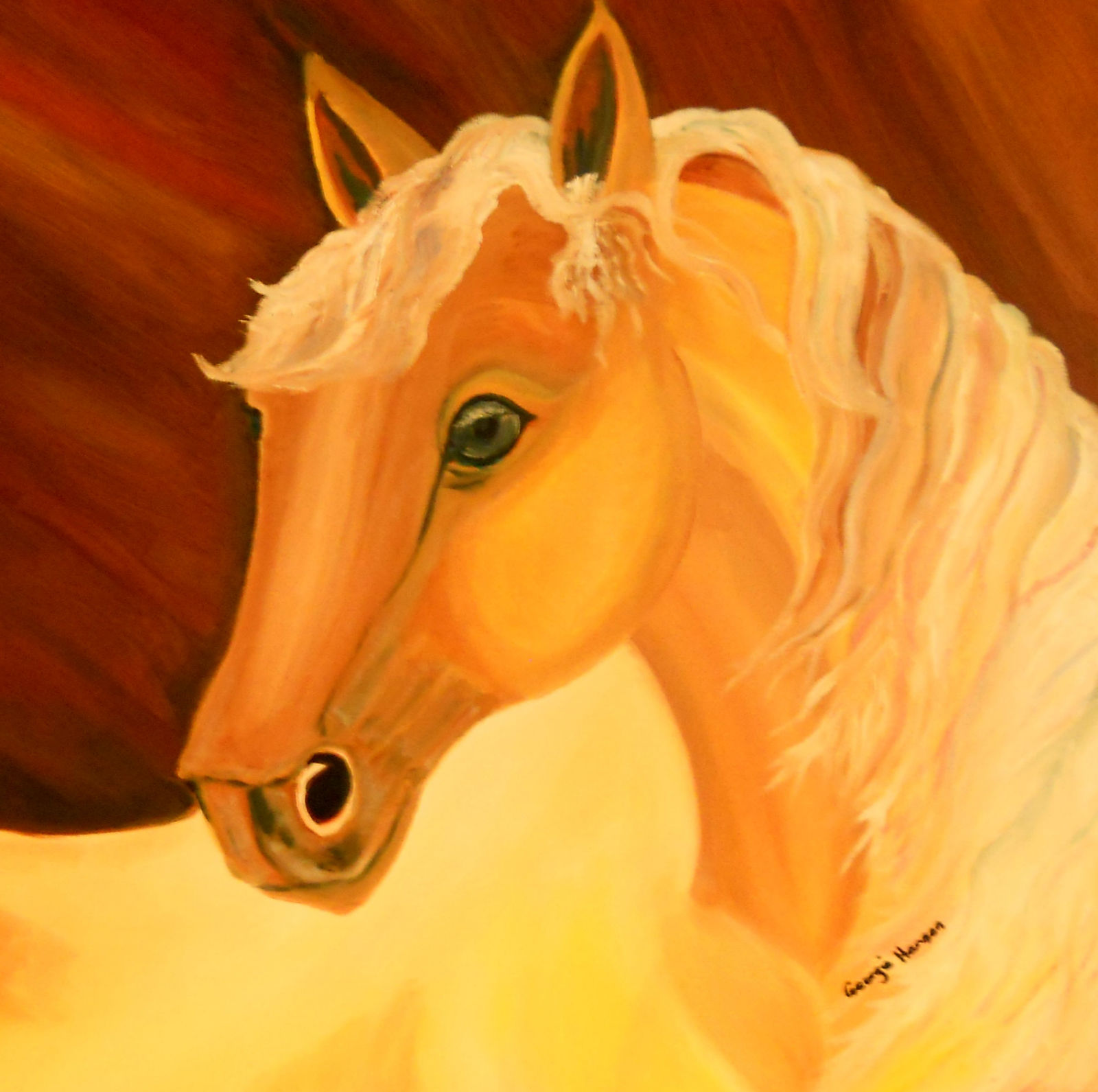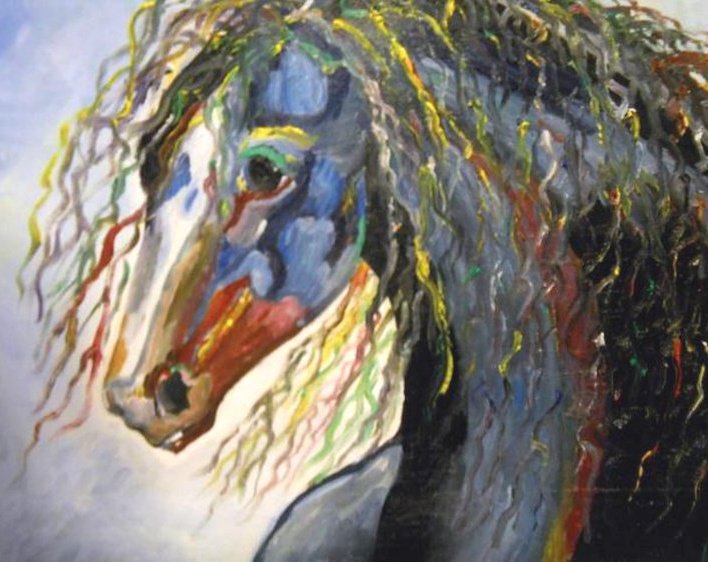The most famous, and perhaps the most popular, of Sable Island's fauna are the wild horses. Although access to the island is restricted - both by location and by regulations - the horses are well-known, and are of great interest, culturally and scientifically. The Sable Island horses have been featured in several documentaries and numerous books and magazine articles, and they were the subject of an exhibition at the Equine Museum of Japan in Yokohama (1994), and a photography exhibition in New York City (Roberto Dutesco, 2002). This population of horses has been the topic of doctoral research (Welsh 1975), and long-term studies have been underway since the mid-1980s (e.g. Lucas et al. 1991). The romantic notion that Sable Island horses are descended from shipwreck survivors persists. The present-day horses, however, are descendants of animals brought to Sable Island during the late 1700s. Introductions of small numbers of domestic horses occurred sporadically during the 1800s and early 1900s. A thorough account of the history of the Sable Island horses is provided by Barbara Christie (1995). There are a number of other populations of free-ranging horses found throughout the world, some on islands, some in inland regions. Other island horses include those on the barrier islands of Assateague and Shackleford, both off the east coast of the USA. Most populations of wild horses consist of feral animals (i.e. domesticated animals that have returned to the wild). Such horses are wild in the sense that they are generally free to roam as they please, to form various social organizations, to reproduce, and to forage for their own food and water, and to survive or succumb to disease, weather and predators. However, many of these free-ranging populations are exposed to some form of interference by people - fertility control, culling, round-ups, adoption programs etc. The Sable Island horses are among the few wild horse populations that are entirely unmanaged: they are not subject to any kind of interference. Since 1961, the Sable Island horses have had legal protection under the Sable Island Regulations of the Canada Shipping Act. The number of horses on Sable Island generally ranges between 200 to 350. There have been occasional calls for control or removal of the horses. Indeed, the protection now provided by the Sable Island Regulations was a response to heated controversy arising in 1960 when the federal government announced that the horses were to be taken off the island. Since then, the few advocates of control or removal of the horses typically cite "humanitarian" concerns, or complain that the horses, being an `introduced species' must be having a negative impact on the island. Thus far, however, such arguments for control or removal of the horses have been fraught with serious misconceptions and lack of information. Although the horses are presently protected by the Sable Island Regulations, this protection exists only so long as the horses and their island habitat are effectively monitored. Since 1801, when the life-saving stations were established, there has been a continuous government presence on Sable Island. Now the future of Sable Island and the Station is in question, and the Government of Canada is considering various options - one of which is to close the Station, thus ending 200 years of full-time human presence and stewardship. This option would put not only the horses, but all the island's flora and fauna at serious risk. |






